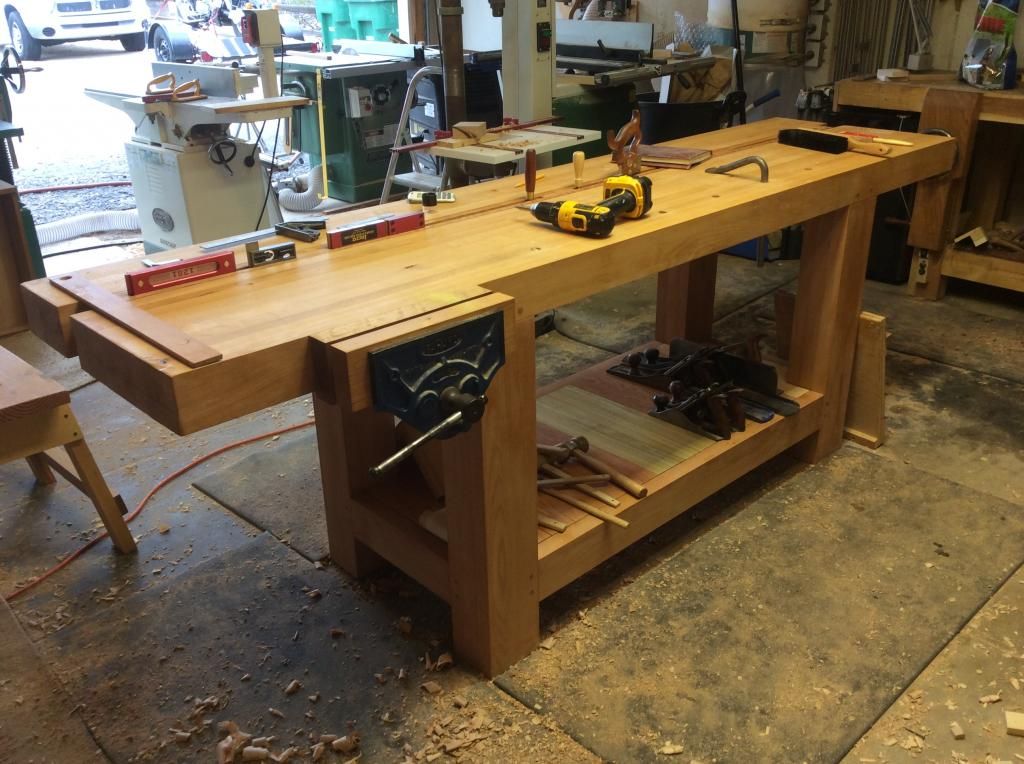I'm planning a build of a roubo and looking for comments on the leg vise configuration using the Benchcrafted hardware. As far as I can determine there are really 2 options: One is the criss-cross hardware and the other is the supporting structure (the one with all the holes) at the bottom that glides on 2 rubber rollers. What are the pros/cons of each? And what is the purpose of the cross pin that goes through the holes? Logically, I believe it is to prevent racking (could be wrong) but if it is, wouldn't it need to have finer adjustment? And if it is there to prevent racking, is it a pain to use/adjust when clamping stock of various thickness?




 Reply With Quote
Reply With Quote








